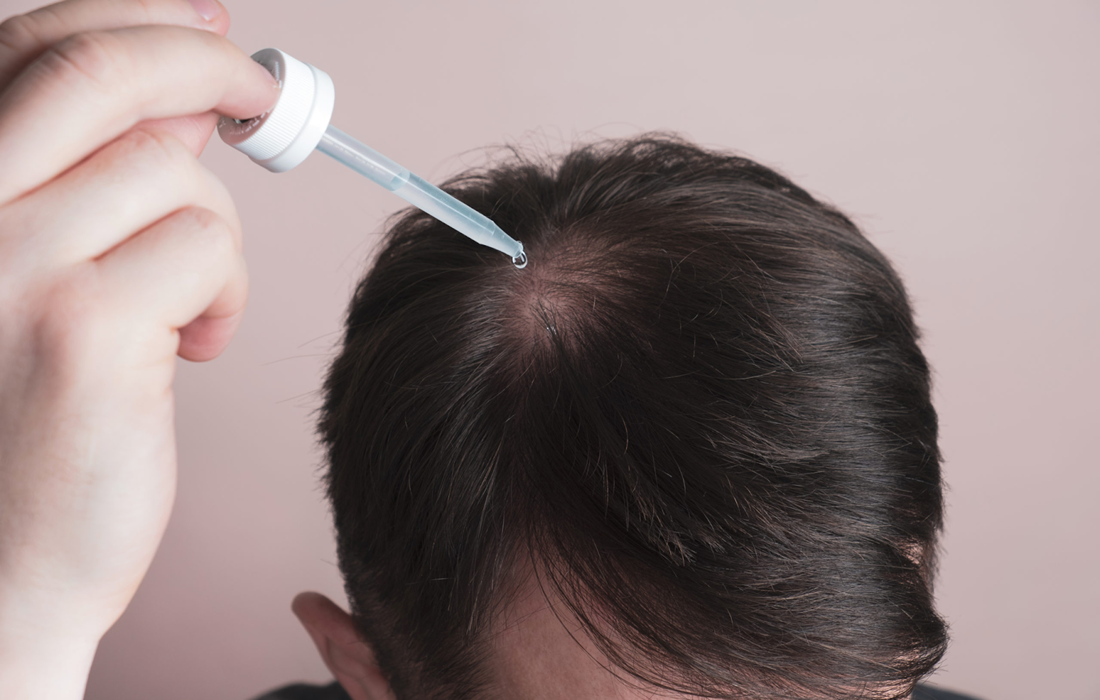Regenerative Medicine News and General Information
A Bioengineered Way to Regenerate Lost Hair from Stem Cells, New Study
Scientists have been making waves in recent years by developing ways to grow a variety of useful items in laboratories, from meat and diamonds to retinas and other organoids. At the RIKEN Center for Biosystems Dynamics Research in Japan, a team led by Takashi Tsuji has been working on ways to regenerate lost hair from stem cells. In an important step, a new study identifies a population of hair follicle stem cells in the skin and a recipe for normal cyclical regeneration in the lab.
The researchers took fur and whisker cells from mice and cultured them in the laboratory with other biological “ingredients.” They used 220 combinations of ingredients, and found that combining a type of collagen with five factors, the NFFSE medium, led to the highest rate of stem cell amplification in the shortest period of time.
Hair growth in mammals is a continuous cyclical process in which hair grows, falls out, and is grown again. Growth occurs in the anagen phase and hair falls out in the telogen phase. Thus, a successful hair-regeneration treatment must produce hair that recycles. To test whether stem cells cultured in the NFFSE medium produce hair that cycles, the researchers placed bioengineered hair follicle stem cells in NFFSE medium or in medium missing one of the ingredients and observed the regenerated hair for several weeks. They found 81% of hair follicles generated in NFFSE medium went through at least three hair cycles and produced normal hair. In contrast, 79% of follicles grown in the other medium produced only one hair cycle.
Knowing that stem-cell renewal can depend on what is attached to the outside of the cells, the researchers next looked for markers on the surface of cells cultured in the NFFSE medium. In addition to the expected CD34 and CD49f markers, they found the best hair cycling was related to the addition of Itgβ5. “We found almost 80% of follicles reached three hair cycles when Itgβ5 was also bioengineered into the hair follicle germ,” explains first author Makoto Takeo. “In contrast, only 13% reached three cycles when it was not present.” Analysis showed that these important cells are naturally located in the upper part of the hair follicle’s bulge region.
This culture system establishes a method for cyclical regeneration of hair follicles from hair follicle stem cells and will help make hair follicle regeneration therapy a reality in the near future. The next step in the process is clinical trials.
SOURCE:
Makoto Takeo, Kyosuke Asakawa, Koh-ei Toyoshima, Miho Ogawa, JingJing Tong, Tarou Irié, Masayuki Yanagisawa, Akio Sato, Takashi Tsuji. Expansion and characterization of epithelial stem cells with potential for cyclical hair regeneration. Scientific Reports, February 10 2021; 11 (1) DOI: 10.1038/s41598-020-80624-3

